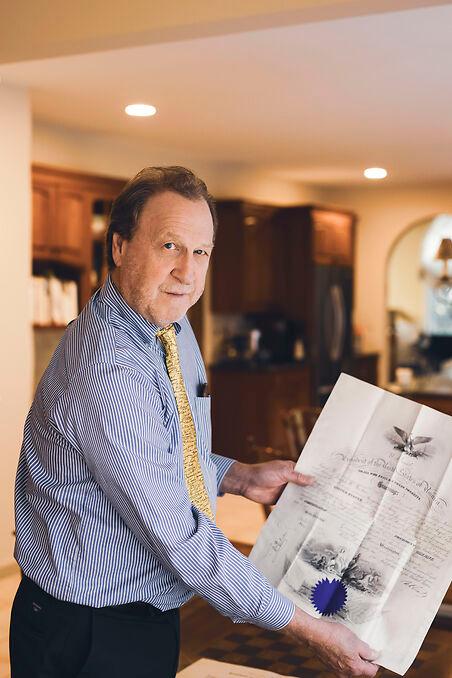“I sold a Napoleon letter yesterday,” remarked Howard Zerwitz. This kind of thing isn’t unusual for him, since Zerwitz’s American Historical Guild (AHG) provides historic autographs, documents, letters, and other artifacts to collectors around the world—all reflecting historic events. Zerwitz has sold letters and documents from every American president, as well as letters from people like Thomas Edison, Albert Einstein, and Mark Twain.

Zerwitz has sold letters and documents signed by every American president. Tatsiana Moon for American Essence


